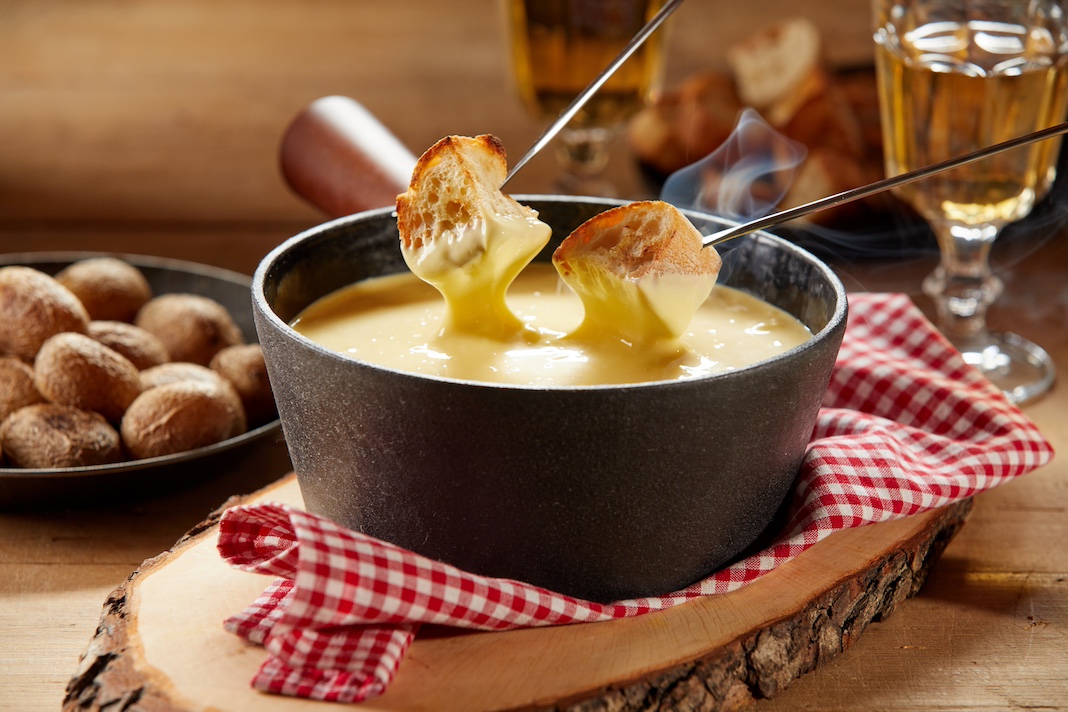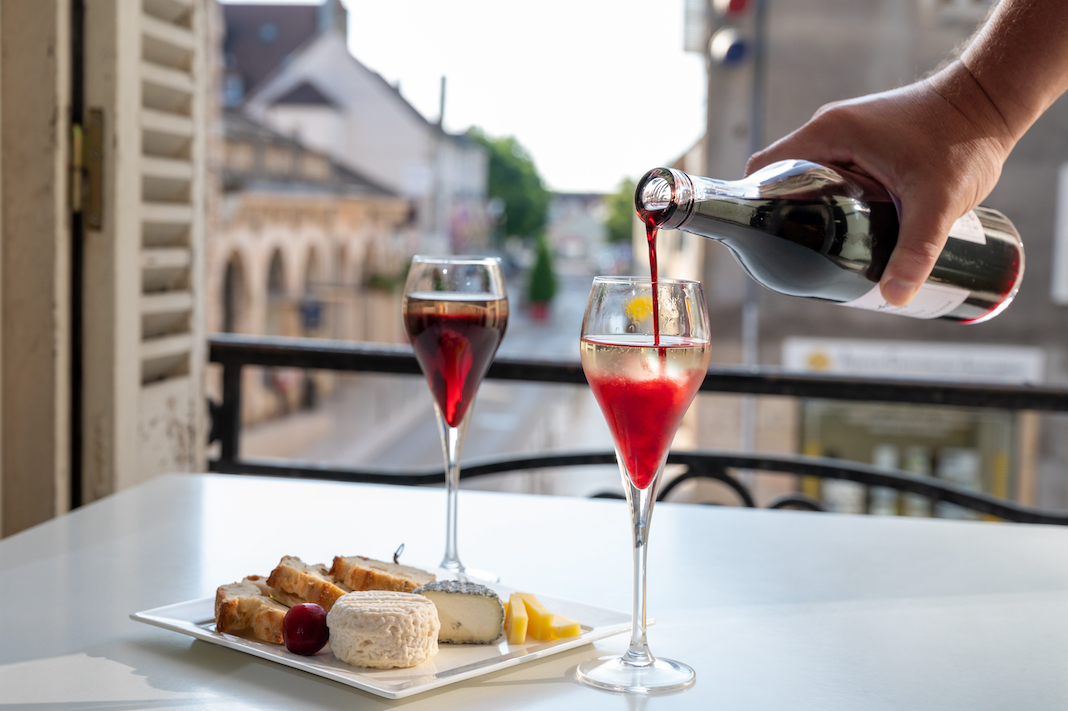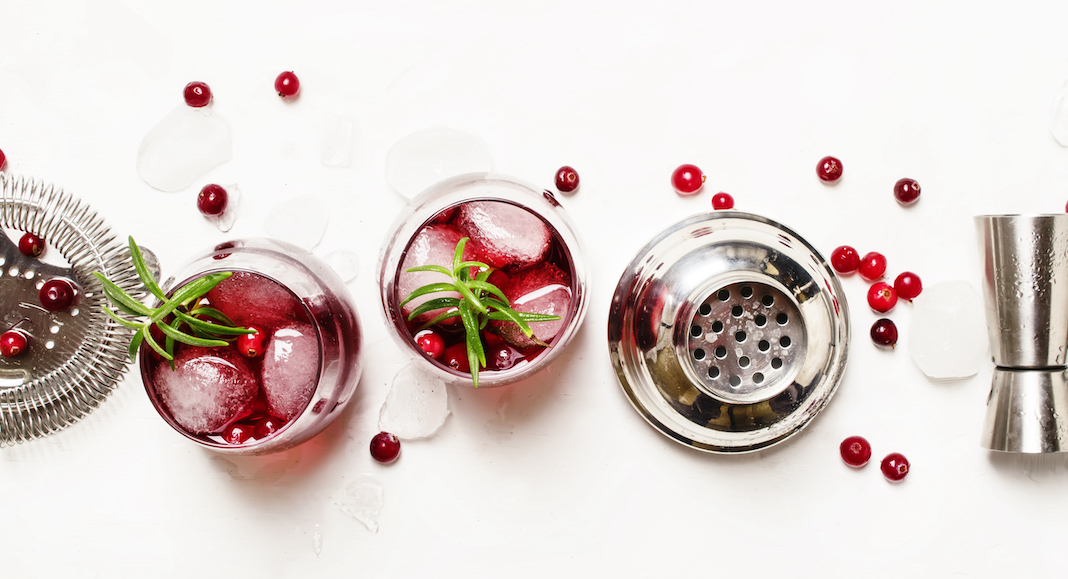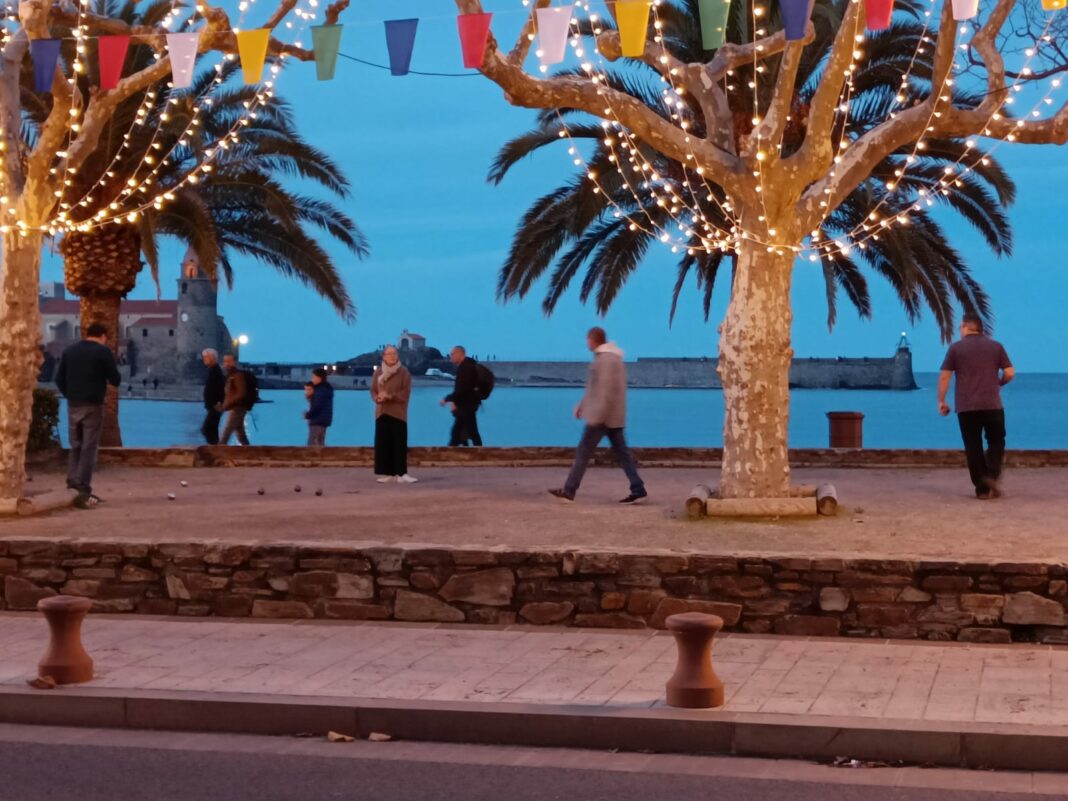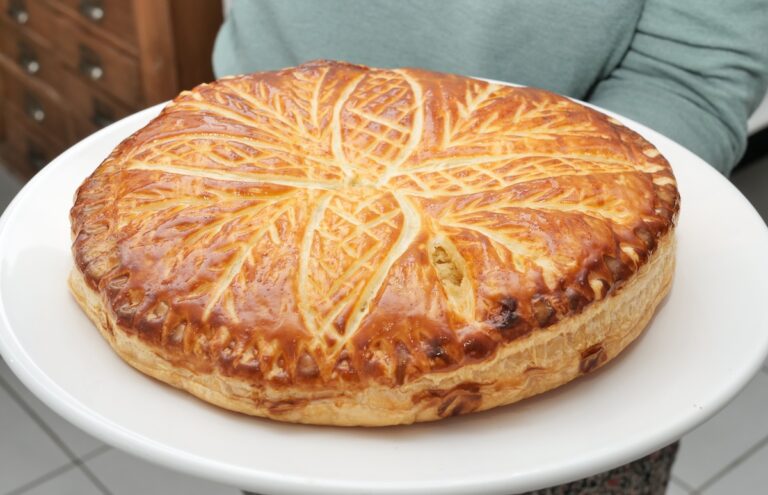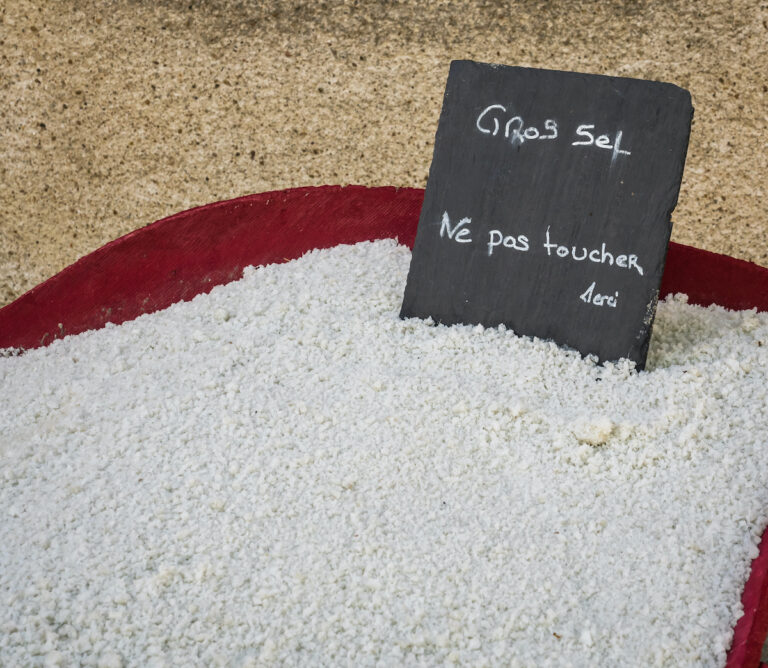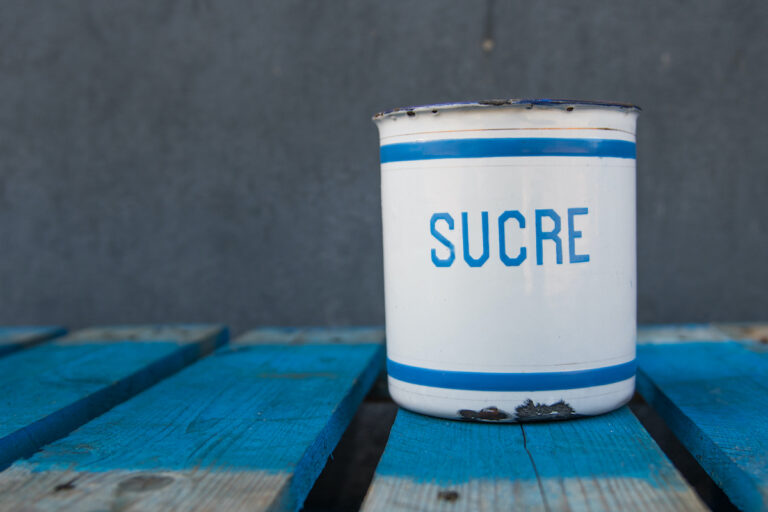December 29, 2023
Dear Frenchly Readers,
When our first child was small, maybe four, Dan and I started making fondue on New Year’s Eve. Until that time we had spent our New Year’s Eve cleaning, a ritual that worked great when we were childless, and got us mentally and physically ready to start a new year. There was nothing quite like waking up to a fresh, aired out abode on January 1st, a vase of tulips tipping their sweet, sensible heads towards a frosty window, both promising good things in a new year. But like many activities that change when children come into the picture, so did that ritual–we were too tired, cleaning started to spread out over too many days, it never felt done enough.
Our fondue pot was a wedding gift from my friend, Lorin, who was also my roommate in Paris when I first moved there at eighteen. Dan and I had always loved the idea of fondue but not wrapped our minds around it; it loomed as a worrisome and perhaps fussy thing to make. Who were we to attempt it?
For several years, that fondue pot stayed in its box, moving from place to place with us, and each time we saw it, we were elated we still had it, promises were made to try it. But we never did. It wasn’t until we had the wonder of a small child through whose eyes we had begun to experience the world, that fondue became a part of our lives. That first New Year’s Eve, our candles lighted all down the dining room table in an orderly line, the hot cheese in the gleaming steel pot, we found, rather like Aladdin conjured from the genie’s oil lamp, that not only was it decidedly easy and fun, but also magical to make fondue; all you needed, really, was wine and cheese, some crusts of bread and voilà.
Over the years, I have found, however, that there is one ingredient you can’t skip. Indeed, the wine can be kind of meh by the glass, the cheese can even be cheddar or Munster (see Melissa Clark’s incredible list of variations, here) but the one thing you need to make fondue fondue, IMHO, is the grate of nutmeg. Without it, it’s just melted cheese and you might as well stick nachos in it.
Here is my adaptation of an old Joy of Cooking recipe. I use Calvados or Cognac, tapioca starch, I halve the two cheeses, I do not add salt or pepper.
Set up a double boiler or fondue pot.
Make a platter of crusty warm bread, cooked potatoes, cornichons, whatever you have. Set out.
1 clove garlic, peeled, halved, rubbed on inside of pot.
Add 1 ¼ cups dry white wine, preferably from the Alps. You can even use Champagne or red wine, though.
Then, 1 pound Gruyère and Emmentaler cubed and mixed (some people do ½ of each, others ¾ to ¼, others just Gruyère.)
Grated nutmeg
Cook stirring in a figure 8 pattern until melted.
Make a slurry of 1 tablespoon tapioca starch and 2 tablespoons Calvados or Cognac. Stir in. When silky smooth, light your candles and serve. That’s it!
Fondue first appeared in cookbooks in the 18th century in France and Belgium and written in French. The word, fondue, comes from the French verb, fondre, or “to melt.”
However, the recipes called for Gruyère, which comes from Switzerland and it’s generally accepted (by the Swiss) that the dish must have originated in the Swiss Alps, as a way of using up bits of hardened cheese and stale bread during the winter months. Though generally thought to have begun as a farmhouse dish that was practical in it’s use of cheese ends, wine and bread, the upper classes on both sides of the Alps were soon eating it, too. Then came rationing during World War II, and cheese became scarce, at least for people in towns and cities; presumably on farms, people who had access to milk, still had cheese. (This article may shock the pants off you, the things people in Paris were eating during the siege…including rats and zoo animals, though take comfort that it’s unlikely that rat meat was ever dunked in fondue as cheese was very scarce.) Later there was a Swiss Cheese Cartel. (No, I’m not joking. And, no, Geronimo Stilton was not the head of it.) It wasn’t until 1964, after the World’s Fair in New York, that fondue came to the United States.
What has evolved over the years, then, is a dish that has taken on an Alpine identity–the Swiss consider it a national winter dish. Yet the French contest that, sure, maybe the cheese came from those fuzzy borders in the mountains, but it was the French who came up with fondue. What everyone agrees upon is that it’s usually consumed with the entire family around the table, and the bit of cheese left at the bottom of the pot is considered a delicacy, one that should be left to toast under the flame, rather than mopped up with the last sliver of bread, and then broken and eaten for good luck. It’s called the religeuse.
In our family we love the celebration of fondue–how simple and delicious it is, how easy to make and clean up. We light all the last candles we have anywhere is the house and spread them around the dining room. Then, we huddle round the pot, just the four of us, and savor the very last night of our Christmas tree, the last night the gifts sitting opened in piles, still being routinely enjoyed, we drink in a last night of excess.
We have made platters of all sorts of simple yet delicious things over the years to dunk in the cheese: potatoes, cornichons, dilly beans, pickled hot peppers, bits of baguette, smoked turkey, broccoli, olives, potato chips, mushrooms, carrots, pretzels. This year we are going to try roasted squash, dried apricots and cauliflower. Anchovies have been on the list for a while, but we never have the gumption.
We follow the cheese with the simplest dark chocolate fondue, after washing the pot. We love to dunk any combination of the following things: clementines, lemons, limes, grapefruit, raspberries, pineapple, apples, little asian coconut tuile cookies, coconut itself, candy canes, candied ginger, pretzels, potato chips. You could try candied orange peel, coffee beans (if you can somehow balance them on your fondue fork) macrons or macaroons, dried figs, dried apricots, mango, graham crackers, banana (our favorite after clementine and lemon), marshmallows, or grapes, even.
(What do you dip in your fondue? Write to me. And what is your New Year’s tradition? Ever spent it cleaning?)
We wash all that lovely cheese and then chocolate fondue down with some middle of the road Champagne or Crémant with a splash of juice (my dear friend Merry gave us a box of beautiful limes for Christmas, so I assume we’ll juice those and maybe add a little grape or pineapple juice.) Then, a little tipple of Chartreuse from a tiny, glinting glass in the candlelight, and it is bedtime. We look out at the “close and holy darkness,” say good night and wake up year later, hoping the world has decided to come to its senses.
Happy New Year, dear readers. I appreciate you.
À bientôt,
PS: If you like these Le Weekends, please forward them. Frenchly is growing and improving and we want as many people to know about our writers and interesting subjects as possible!
Did you get forwarded this email? Sign up here on our homepage at the sign-up widget to receive this newsletter every Friday in your inbox. I’ll give you news, films, recipes, books, stories and more every Friday afternoon to help you plan and enjoy your weekend! All for free!
If Le Weekend is going in your junk or spam or promotions box, please add us to your contacts by clicking on the address and hitting “add contact” or by dragging “Le Weekend” into your regular inbox, so you don’t have to hunt for it each week.
If you have missed any of my Le Weekends or are new to this newsletter (or just want to go find a TV show, podcast, singer, movie or recipe I once mentioned) they are all here on Frenchly.us.
Come find us on Twitter, Instagram, or Facebook.
And to advertise with us, contact our great sales team here.



